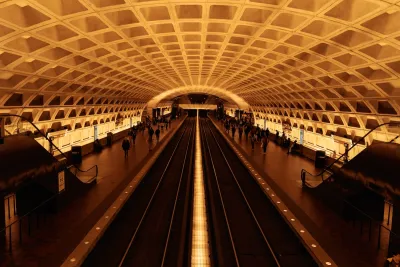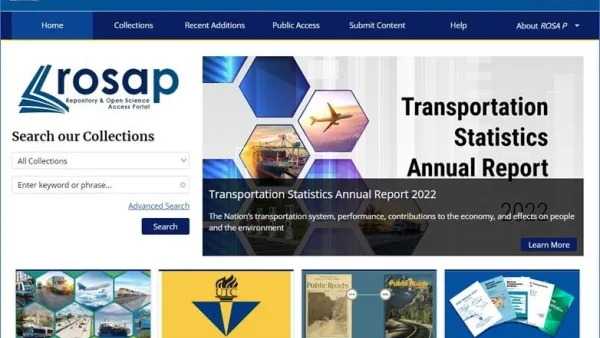High-profile projects like New York City congestion pricing, California high-speed rail, and major transit agencies face drastic federal funding cuts.

The U.S. Department of Transportation (USDOT) is threatening multiple major transit agencies with a loss of funding, reports Benton Graham in Grist. In letters to the New York and Washington, D.C. transit agencies, Transportation Secretary Sean Duffy cited security concerns as a reason for potentially pulling federal funding. Duffy threatened to withhold what amounts to roughly 20 percent of New York MTA’s budget for major infrastructure in federal funding. However, Graham points out that “Major crime is down 29 percent compared to last year on New York City’s subways and buses.”
According to Graham, “Duffy has already hinted at targeting other cities, adding the Chicago Transit Authority to the list of public transit agencies that could be in danger in an interview on Fox News.”
These cuts could result in “millions of tons of unnecessary annual carbon emissions over the coming decades” as the administration pulls funding for projects already underway, an uncommon move. “The moves represent an emerging pattern in the DOT’s approach to transportation under President Donald Trump: target the highest-profile climate-friendly programs in states with Democratic leadership,” Graham notes.
USDOT is also taking aim at New York’s congestion pricing program and California’s high-speed rail (HSR) project, threatening to pull federal funding while simultaneously promoting privatized HSR.
FULL STORY: How the Trump administration is targeting green transportation in blue states

Maui's Vacation Rental Debate Turns Ugly
Verbal attacks, misinformation campaigns and fistfights plague a high-stakes debate to convert thousands of vacation rentals into long-term housing.

Planetizen Federal Action Tracker
A weekly monitor of how Trump’s orders and actions are impacting planners and planning in America.

In Urban Planning, AI Prompting Could be the New Design Thinking
Creativity has long been key to great urban design. What if we see AI as our new creative partner?

King County Supportive Housing Program Offers Hope for Unhoused Residents
The county is taking a ‘Housing First’ approach that prioritizes getting people into housing, then offering wraparound supportive services.

Researchers Use AI to Get Clearer Picture of US Housing
Analysts are using artificial intelligence to supercharge their research by allowing them to comb through data faster. Though these AI tools can be error prone, they save time and housing researchers are optimistic about the future.

Making Shared Micromobility More Inclusive
Cities and shared mobility system operators can do more to include people with disabilities in planning and operations, per a new report.
Urban Design for Planners 1: Software Tools
This six-course series explores essential urban design concepts using open source software and equips planners with the tools they need to participate fully in the urban design process.
Planning for Universal Design
Learn the tools for implementing Universal Design in planning regulations.
planning NEXT
Appalachian Highlands Housing Partners
Mpact (founded as Rail~Volution)
City of Camden Redevelopment Agency
City of Astoria
City of Portland
City of Laramie





























